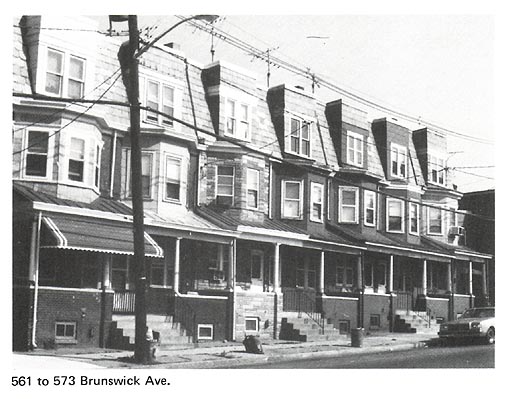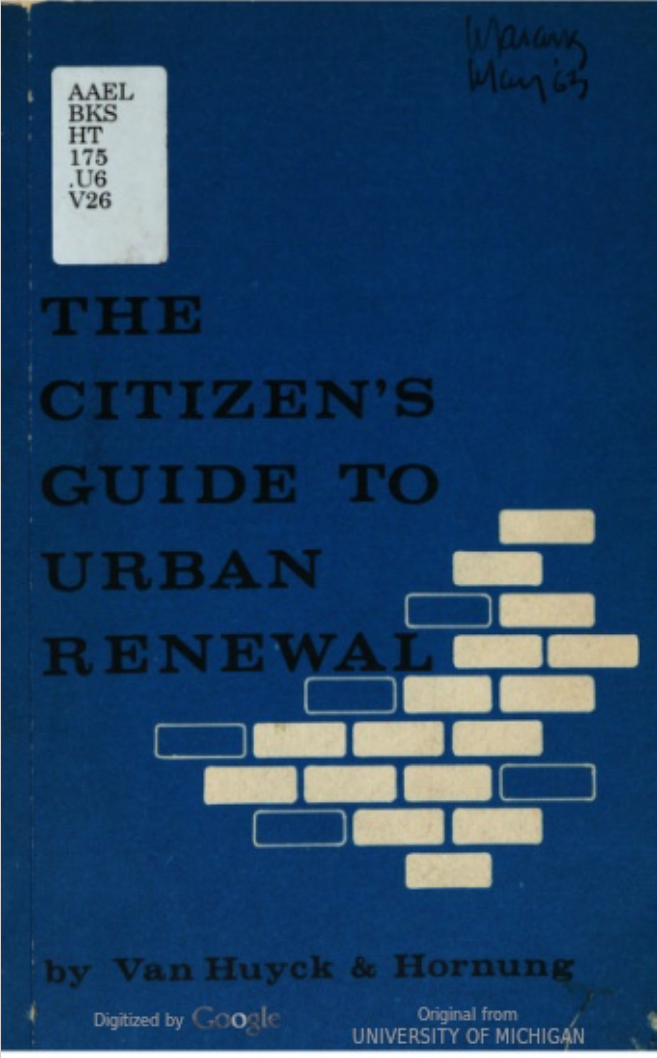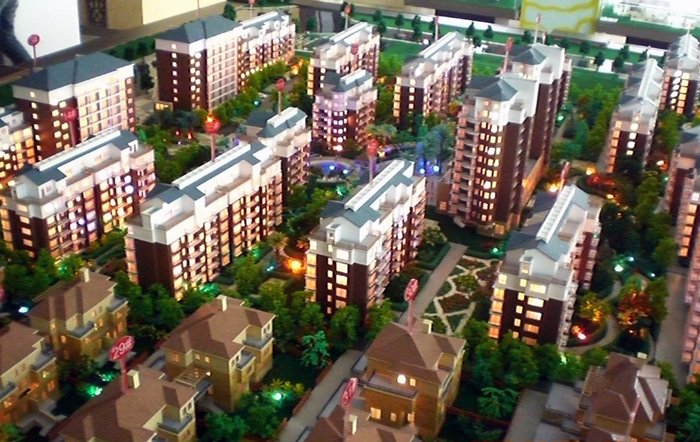“Trenton Makes - The World Takes” One of the most notable slogans to follow with Trenton’s rich history is illuminated on the “Trenton Makes Bridge”. Trenton is known for its great development with labor, immigration and development.
Trenton, just like a lot of other cities, has made one of its priorities to develop housing for those in the community who may not be able to afford it. These pieces of housing have come from The Housing and Urban Development Act of 1968, which was passed by Lyndon Johnson. This acted wanted to provide housing because “American leadership [was] aware that the lack of adequate housing for a large majority of the nation's lower income population [was] one of the great problems affecting our society”. With these programs, new housing was created and communities were given updated resources like access to jobs and schooling.
1968 seems like a long time ago but 50 years ago was not that far away. 50 years ago the goal to help end poverty was started and it is still a fight. But, with every fight, you need to start somewhere. For Trenton, the beginning included tearing down decrepit buildings that were once homes and businesses. Jean Saperstein Finkle, a Trenton local, spoke about her experience with urban development in an interview. She spoke about how her grandfather’s auto business had to close because the building was scheduled to be knocked down. Businesses and properties had to be given up to be demolished in order to make room for new buildings. With money being tight during these times, her family relocated their business and home to new areas. She also spoke about how homes were flucating in rent prices with new apartments being built, which caused her family to move around for the best priced rent.
This was a common practice as the city attempted to adopt better facilitated buildings to house the communities. The hopes were to create Model Cities, which evolved in response to the concerns of urban mayors who doubted plans of the act of 1968 and Community Action Programs that stemmed from the Economic Opportunity Act of 1964. All of these were antipoverty programs, however many Model Cities came from non-profit and and private organizations.
Jason Bartlett, who holds a Ph.D. in history from Temple University, found that those that were opposed to it saw it as Johnson catering to anti-war and African American demonstrators. The original proposal was for $2.3 billion dollars for sixty-six cities. After it had gained sympathy from those who wanted to put an end to the poverty in the country, Model Cities were created in 150 locations and the ending cost was $900 million. Although this was a good thing, a lot of the other areas that were looking to enact this urban renewal did not meet the deadlines and dragged out the process.
As explained in the book by Alfred P. Van Huyck, and Jack Hornung, The Citizen's Guide to Urban Renewal, they explain that the city must be prepared to spend the money to develop, which often leads to tax increases in other areas. It is also stated that they must be ready to relocate the families that were once in these low income areas into sanitary and decent housing. Although The Trenton Housing Authority had created public housing complexes in 1941, the shift in fixing the city to better meet the needs of its people came with the Act of 1968.
Jeffrey Wilkerson, PP, AICP, who is the Acting Planning Director/Supervising Planner, had a lot of information on this project. “This plan was designed to help eliminate overcrowding in urban areas and to ensure improvement according to regulated standards of safety, health and building codes.” When speaking with him, he explained how the project has changed so much since 1968. “With the influx of people in the community and the waitlists for housing, it is in our best interest to try to accommodate all the families as soon as possible,” said Wilkerson. With the need to get families into homes is extremely urgent because programs like the Trenton housing authority have long waitlists for families.
Currently, we are seeing a lot of changes happening to cities like Hoboken and Asbury. These changes are not urban development but in a way that increases the value of the area. In these cities, gentrification, the process of renovating and improving a house or district so that it conforms to middle-class taste. The innovative part of gentrification is that newer businesses and looks are happening to cities. However, with the improvements happening, the cost of living goes up and those who relied on the city for lower income housing, now are displaced or cannot afford the businesses around them. Although there has not been a lot of this occurring in Trenton, it is still something that has affected other New Jersey cities.
Maura Farrell, a sophomore and local from the Trenton area, has seen the modernization of the city and the struggles of the locals on a personal level. Farrell works with children in the Trenton area and is a Bonner here at The College of New Jersey. “The focus needs to be shifted,” said Farrell, “hopefully with a new mayor it will be shifted towards affordable housing rather than housing for new people to come into the area. We need to focus on the community.” With gentrification occurring in other cities, that is the fear for the Trenton area. “They are trying to gentrify the area of Trenton,” continued Farrell, “they are bringing expensive things in which is displacing Trenton locals because they cannot afford these new things.” She expressed her worry that the locals of Trenton were going to miss out on affordable housing because the city wants to change and gain a new community of wealthier individuals. Farrell knows that the system has a lot of work that needs to be done to it in order to benefit the families in this area.
Some of these efforts to continue to improve the city include new housing developments that are in the works which also ensure that the waitlists are not too long where it becomes detrimental to the families in need of housing. There is a $22-million HOPE VI Revitalization grant from the United States Department of Housing & Urban Development (HUD) that has allowed housing complexes like Rush Crossing, a brand new affordable housing development located in the northwest section of Trenton, to be created. These modern complexes are now equipped with community centers and playgrounds.
Only time will tell for the continuation of development for the city of Trenton. As poverty still stays an issue in the United States, the hopes that the city will take care of its communities remains. Locals have created this city to be what it is. With their fights for better accommodations and help from the state, the families that need the most help are only looking for safety and security in home. With attempts to gentrify the city, it is with high hopes that the city will continue to think about its people and continue the efforts from 1968.








Leave a comment
You must be logged in to post a comment.